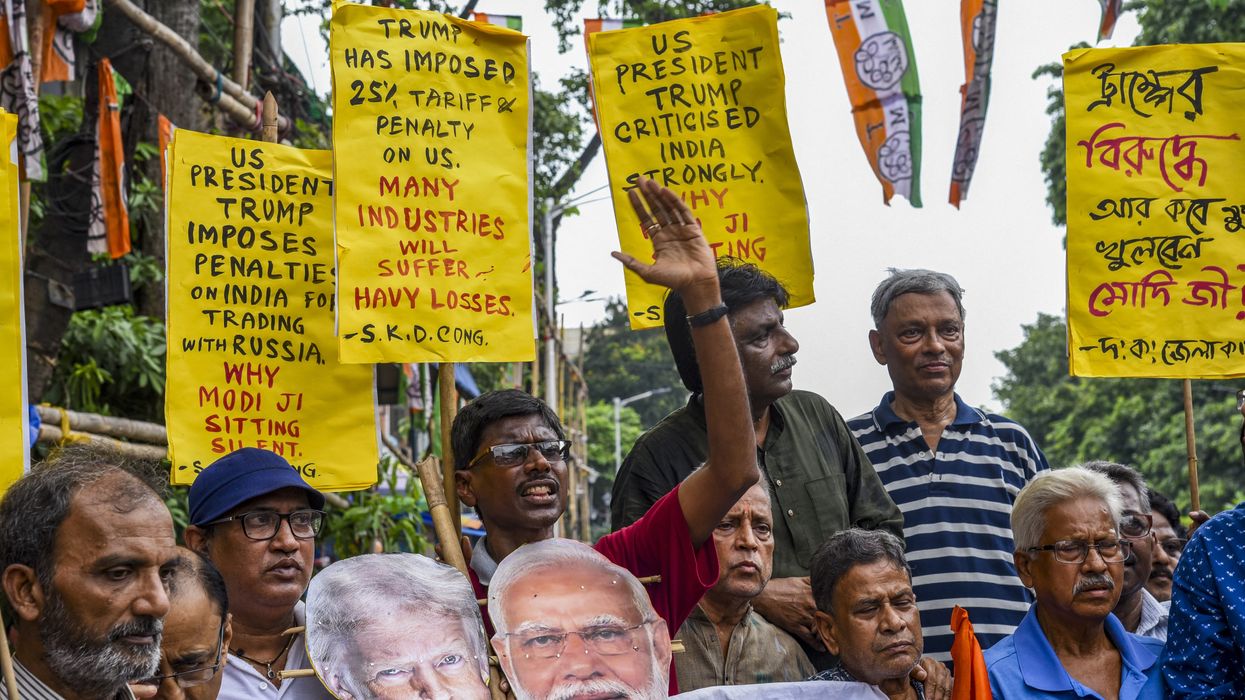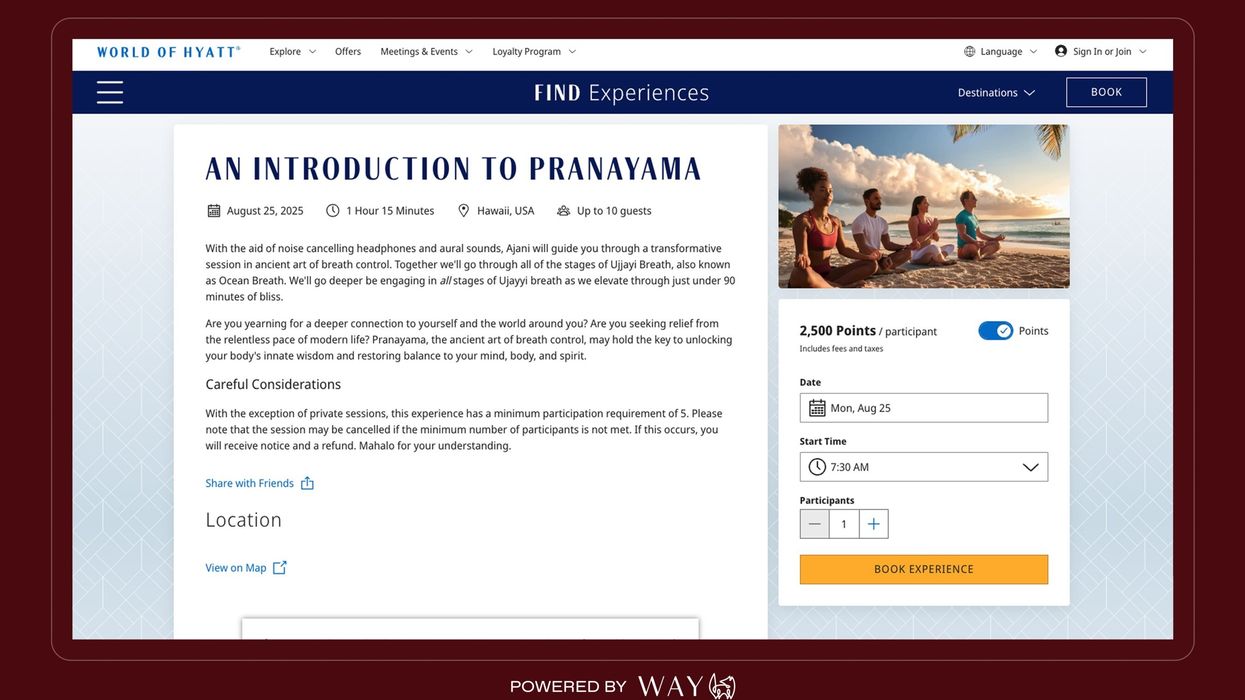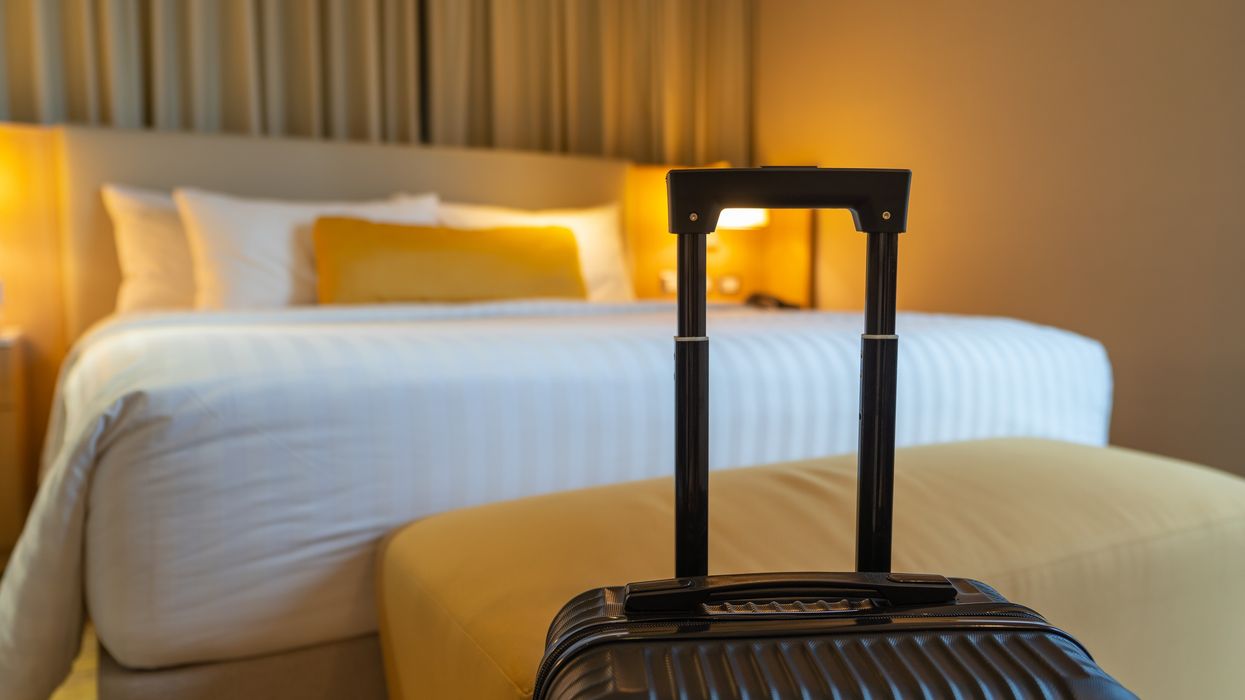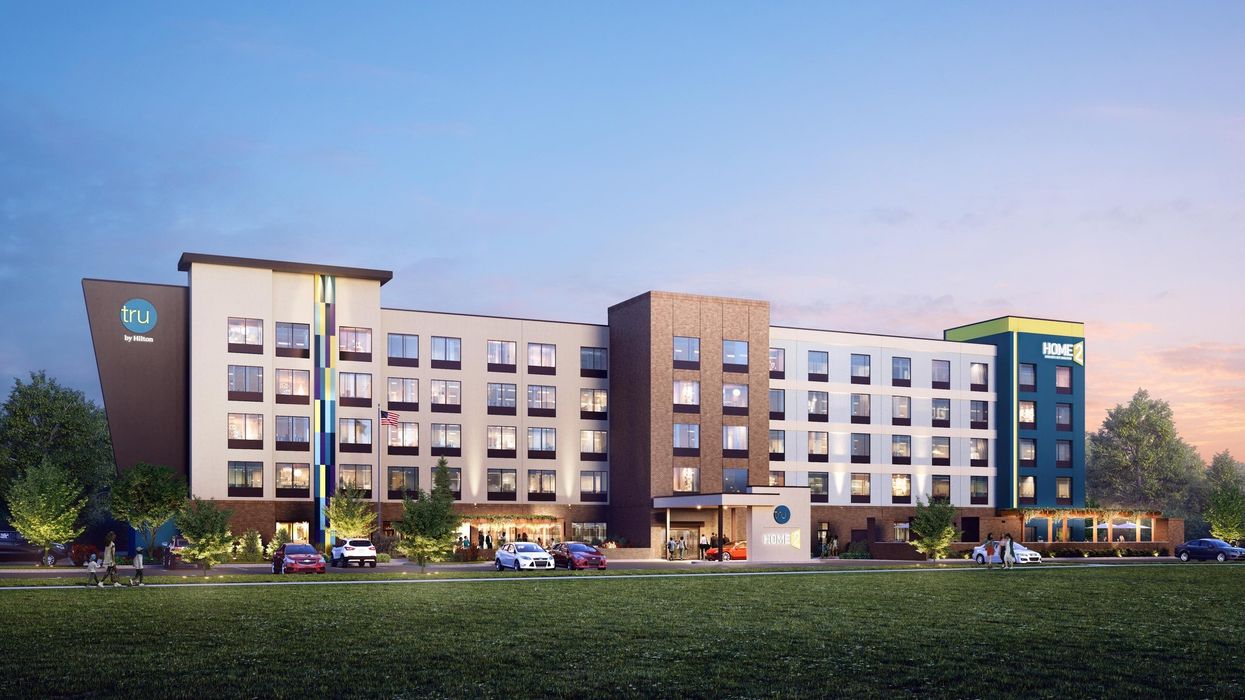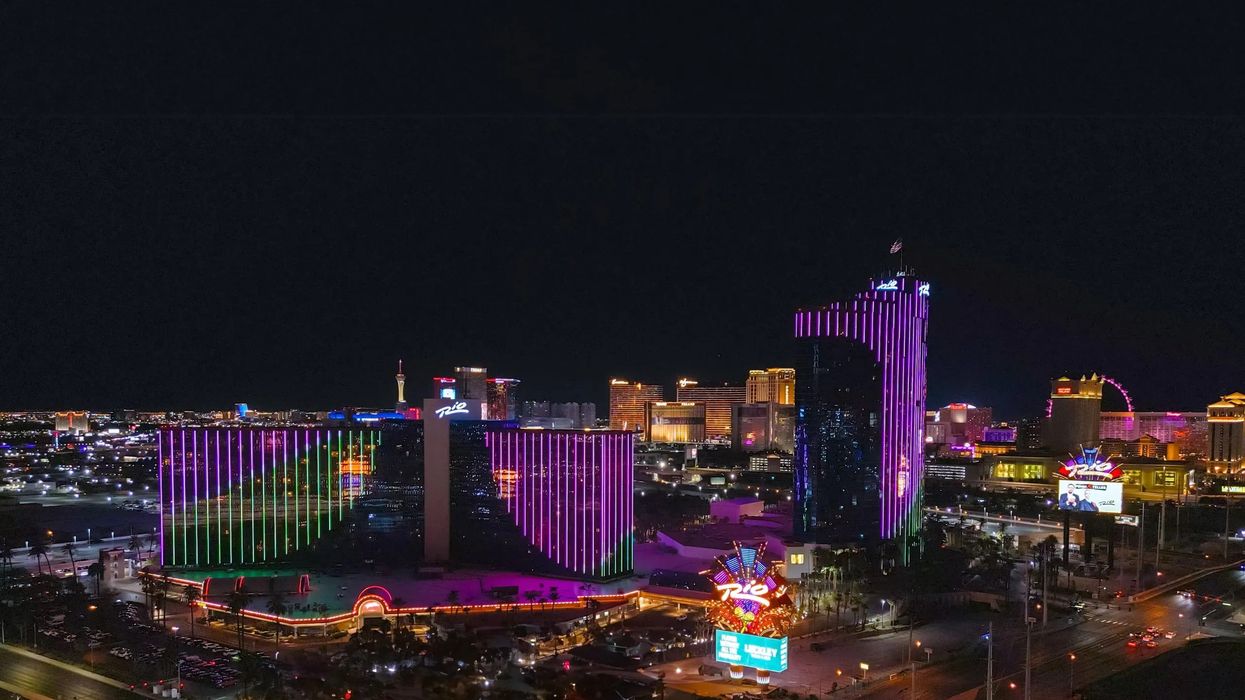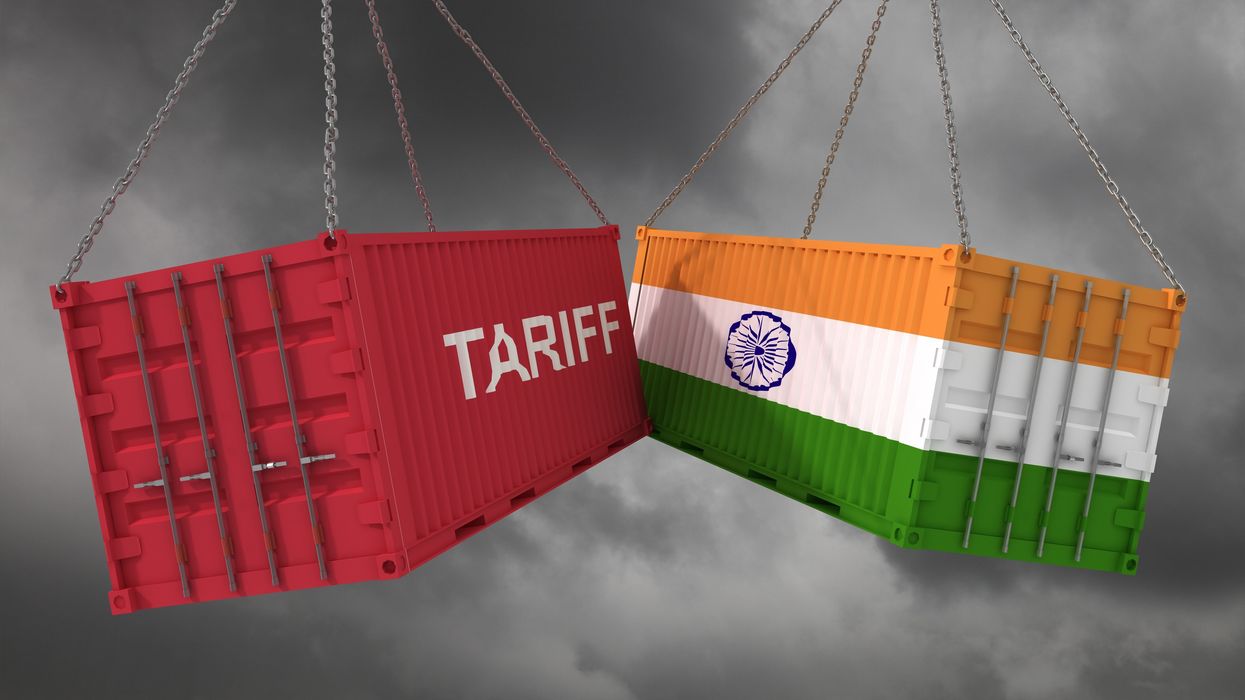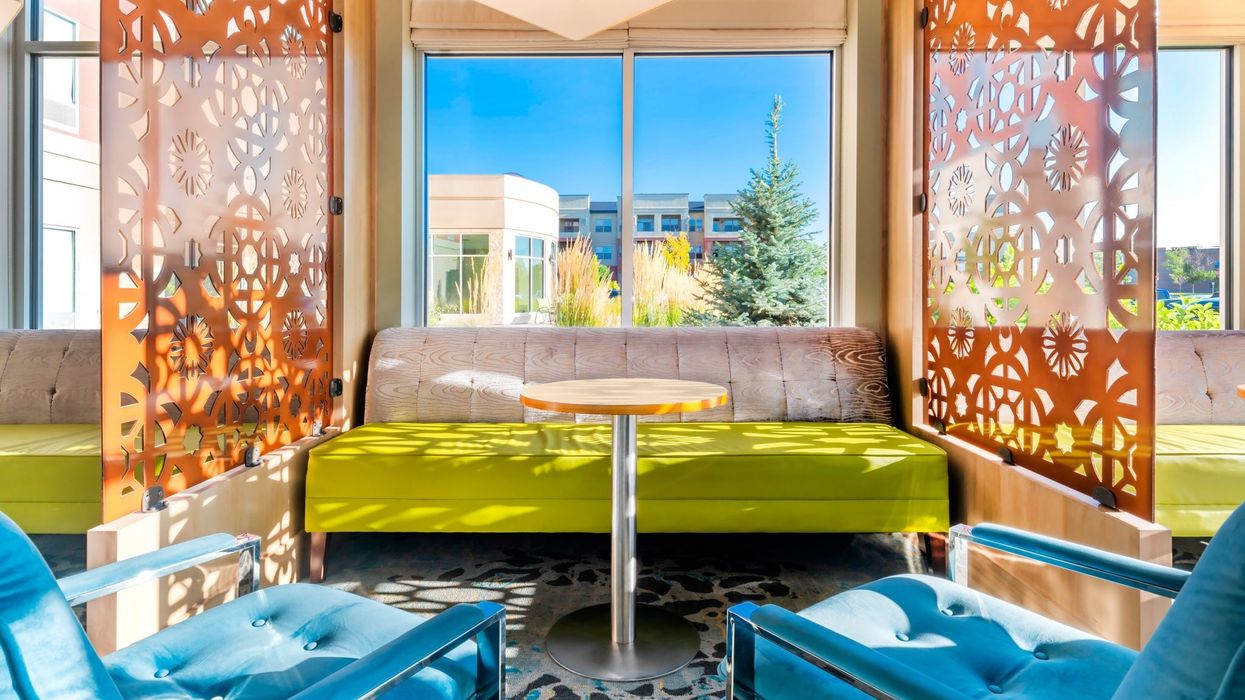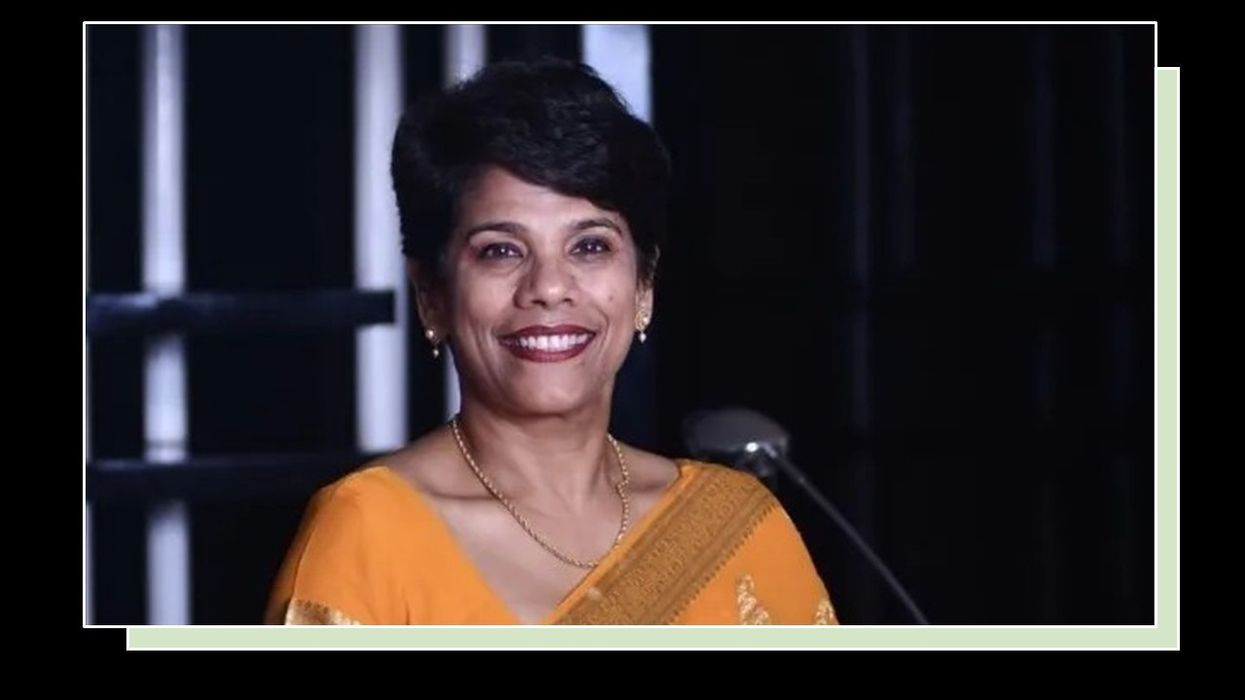Summary:
- President Trump has levied a total of 50 percent tariffs on India.
- Reciprocal tariffs began Aug. 7, with penalties from Aug. 27.
- New tariffs will hit Indian leather, chemicals, footwear, gems and textiles sectors hard.
U.S. PRESIDENT DONALD Trump’s tariffs against India have reached 50 percent as trade talks faltered. India called the additional tariffs “unfair, unjustified and unreasonable.”
Trump announced a 25 percent penalty on goods imported from India on Wednesday, in addition to the 25 percent reciprocal tariff announced on July 31, bringing the total baseline tariff to 50 percent.
The reciprocal tariffs took effect Aug. 7, with the penalty applying from Aug. 27, meaning goods in transit on that date but entering the U.S. before Sept. 17 will face the earlier rate. India said it was being punished for buying Russian oil at discounted prices, something other nations have also done, though it did not name them, according to Business Standard.
However, Trump said no further trade negotiations would take place unless the tariff issue is resolved, Times of India reported. Asked about talks with India, he said, “No, not until we get it resolved.”
“For us, the interests of farmers are our top priority,” Prime Minister Narendra Modi said, according to Reuters. “India will never compromise on the interests of its farmers, dairy farmers and fishermen. I know that I will personally have to pay a heavy price. But I am ready for it,” he said without naming Trump or the U.S.
An early White House visit by Modi led to months of negotiations. By July, Indian officials believed they had an agreement and that Commerce Secretary Howard Lutnick and U.S. Trade Representative Jamieson Greer were waiting for Trump’s approval.
Impacted sectors
The U.S. is India’s largest export partner. The previous tariff rate on Indian goods was about 3 percent. The increase to 50 percent will make Indian imports to the U.S. significantly more expensive. In the last fiscal year, bilateral trade totaled $131.8 billion, with $86.5 billion in exports from India and $45.3 billion in imports, according to media reports.
With the new tariffs, sectors such as leather, chemicals, footwear, gems and jewellery, textiles and shrimp are expected to be severely affected, PTI reported, citing industry experts. Competitors such as Vietnam, Indonesia, Malaysia and the Philippines face reciprocal tariffs of less than 20 percent, likely reducing U.S. demand for Indian goods. Exporters in textiles, chemicals and gems and jewellery have said they expect a 50 to 70 percent drop in exports to the U.S.
The Confederation of Indian Textile Industry said the 50 percent U.S. tariffs on Indian textile exports, one of the sector’s largest markets, will weaken competitiveness.
“The U.S. tariff announcement of Aug. 6 is a huge setback for India’s textile and apparel exporters as it has further complicated the challenging situation we were already grappling with and will significantly weaken our ability to compete effectively vis-à-vis many other countries for a larger share of the U.S. market,” it said.
Tariffs and hotel operations
“Tariffs create uncertainty and industries such as travel and hospitality rely on confidence,” according to OysterLink, a U.S.-based job platform for restaurants and hospitality. “When businesses and consumers are unsure about the economy, they often delay travel and cut spending, reducing occupancy, revenue and profitability.”
U.S. hotel associations, including AAHOA and the American Hotel & Lodging Association, have not issued statements on the latest measures.
According to U.S. National Travel and Tourism Office data cited by Reuters, nearly 1.9 million Indians visited the U.S. in the first 10 months of 2024, up about 48 percent from 2019, driven by increases in both business and leisure travel. NTTO figures show a 50 percent rise in business visas and a 43.5 percent rise in leisure visas in 2024. The agency lists India among the top overseas source markets, with 620,000 overseas air arrivals in the third quarter of 2024.
“Higher import prices have also raised hotel operating costs, according to media reports. “Even after some tariffs were reduced or modified after Trump’s first term, the price of imported goods remained above pre-tariff levels. U.S. hotels rely on imports for furniture, linens, electronics and kitchen supplies, and tariffs on products from countries such as China have increased these costs.”
"Trade tension and tariffs have impacted the transaction landscape, as many case goods and FF&E were previously sourced from overseas," said Suraj Bhakta, CEO and chief legal officer of NewGen Advisory, a national brokerage firm. "The market is seeing a sharp rise in PIP costs. While developers can explore other countries with lower tariffs, the reality is it’s affecting projects already underway."
With global supply chains in flux, Bhakta said the uncertainty is being priced into valuations.
Hotel supply growth is projected to stay below 1 percent over the next three years due to high financing and construction costs, CBRE reported. Additional tariffs, labor shortages, or limited Federal Reserve rate cuts could further constrain supply, increasing pricing power and replacement costs, while U.S. RevPAR is expected to rise in 2025, driven by urban markets and growth in group, business and international travel.
‘Cold War-era law’
Trump has invoked the International Emergency Economic Powers Act, a Cold War-era law, to justify imposing tariffs on several countries, including the tariff on India. In a post on Truth Social, he claimed tariffs were driving economic gains.
“Tariffs are having a huge positive impact on the Stock Market. Almost every day, new records are set. In addition, hundreds of billions of dollars are pouring into our country’s coffers,” he wrote.
He warned that a late court ruling against his use of the IEEPA by what he called a “Radical Left Court” would devastate the economy. “It would be 1929 all over again, a GREAT DEPRESSION!” he said, adding the decision should have been made “LONG AGO, at the beginning of the case” to avoid risking the nation’s economic momentum.
Trump said there would be “no way America could recover from such a judicial tragedy,” but expressed confidence in the U.S. court system. He concluded by saying the country “deserves SUCCESS AND GREATNESS, NOT TURMOIL, FAILURE, AND DISGRACE.”
‘Two things President Trump loves: tariffs and Nobel Prize’
Former diplomat Rakesh Sood suggested there may be another motive after the U.S. announced the 50 percent tariff on Indian goods.
“There are two things that President Trump loves – One is tariffs and the second is the Nobel Peace Prize, so he will do anything to get to the bottom of these two,” Sood said to ANI. “He has repeatedly said how he stopped the war between India and Pakistan and prevented a nuclear war. We’ve not given him comfort on the Nobel, so I guess we are facing the tariffs. We’ll see how we deal with it.”
If protectionist policies continue, India may seek to strengthen trade ties with ASEAN, the European Union and Latin America, potentially reducing reliance on the U.S., according to The Diplomat.
However, the Indian government has not yet issued an official response.
The Diplomat said that India has taken reciprocal action in similar disputes in the past: “In 2019, after the U.S. removed India from the Generalized System of Preferences, India increased tariffs on 28 American products, including almonds, apples and medical equipment.”
“India must now decide whether to negotiate to ease the tariffs or impose countermeasures. The outcome could shape U.S.-India trade relations in the coming months,” the website reported.
